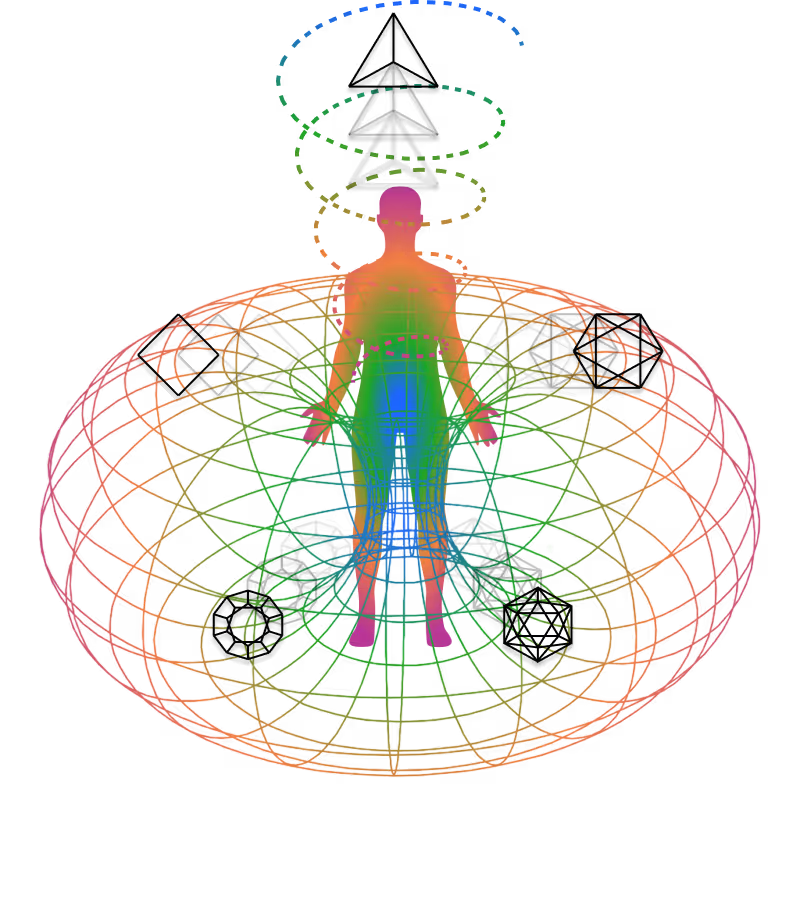The Yuga Timing System: Cosmic Clock Management (Clock.app)
Lesson Details
The Yuga Timing System (YTS) functions as the Clock component of the Rishi Operating System (Cosmic OS v1.0). It manages the grand, civilization-scale cycles of manifestation, dissolution, and renewal, dictated by the waxing and waning of collective consciousness across infinite time. The YTS models these epochs (Yugas) not merely as durations, but as distinct operating environments defined by varying levels of spiritual and cognitive capacity (mental virtue).

🎙️ Related Podclass
Lesson Content
I. Foundational Architecture: The Cosmic Cycle Model
The YTS integrates two primary timing models for predictive accuracy and operational scale: the Puranic duration model and the astronomical cycle model, establishing the fundamental 4:3:2:1 ratio of virtue.
A. The Yuga Cycle Ratio
The entire cycle is divided into four primary epochs: Satya, Treta, Dvapara, and Kali Yugas. The system is based on the inherent geometric proportion of 4:3:2:1, where the duration and the corresponding level of collective consciousness decline progressively from the Golden Age (Satya) to the Age of Darkness (Kali).
Yuga (Epoch): Satya Yuga
Duration Ratio: 4
Dominant State Parameter: Truth and Righteousness (Dharma)
Mental Virtue Level (Coherence): High (Dominated by meditation/purity)
Yuga (Epoch): Treta Yuga
Duration Ratio: 3
Dominant State Parameter: Duty and Moral Values
Mental Virtue Level (Coherence): Medium-High (Dharma is compromised)
Yuga (Epoch): Dvapara Yuga
Duration Ratio: 2
Dominant State Parameter: Duality and Intellect
Mental Virtue Level (Coherence): Medium (Emphasis on technology/intellect)
Yuga (Epoch): Kali Yuga
Duration Ratio: 1
Dominant State Parameter: Darkness and Materialism
Mental Virtue Level (Coherence): Low (Moral values at their lowest)
B. The Transition Zone (Yuga-Sandhi)
A critical architectural feature is the Yuga-Sandhi, the defined transitional period (dawn/dusk) between epochs. This period is characterized by intense instability, as the collective operating parameters are actively switching. The successful transition from one Yuga's parameters to the next determines the structural integrity of the reality simulation at that scale.
II. Transition Algorithms (The Collective Consciousness Shift)
The YTS models Yuga transitions as a predictable geometric transformation of the collective conscious field, driven by the change in solar influence.
A. The Algorithm for Decline and Ascent
The transition is modeled as a shift in mental virtue—the collective capacity for Sattvic processing mode (clarity and stability).
- Descending Cycle (Satya to Kali): The transition algorithm models a gradual geometric degradation, where the purity of consciousness (mental virtue) declines, leading to a loss of spiritual strength, wisdom, and longevity.
- Ascending Cycle (Kali to Satya): The transition models the collective mind waking up. This is a geometric restoration process where mental virtue rises (e.g., from 25% in Kali Yuga to 50% in the current Dvapara Yuga transition).
B. The Turbulence Modeling Protocol
The turbulence observed during Yuga transition (e.g., global restlessness, societal friction) is computed as the resistance of the previous age's geometric patterns to the rising consciousness of the new age.
- Output State: The algorithm predicts that the "morning of the Second Age" (e.g., Dvapara) is not quiet, but noisy, turbulent, and characterized by the widespread questioning of collapsing structures (governments, religions, education, medicine).
- Significance: The turbulence modeling protocol indicates that this systemic friction is proof of the transition, not a sign of ultimate failure.
III. Early Warning System for Yuga Transitions
The YTS employs a monitoring system to predict entry into the Yuga-Sandhi based on two primary metrics: the collective Dharma Score and System Noise.
A. Primary Metric: Dharma Score Decline/Ascent
The most prominent sign of an imminent Yuga transition is the severe and measurable decline (or ascent) in Dharma (collective moral and ethical values).
- Monitoring: The Karma Security Framework (KSF) continuously audits collective actions, tracking patterns of honesty, compassion, judgment, and adherence to promises. A sustained, steep decline in the KSF audit results signals a transition toward a Kali state.
- Trigger: When the Dharma Score breaches a pre-defined threshold (e.g., reaching the 25% coherence mark), the YTS issues a transition alert to all high-level governance applications.
B. Secondary Metric: System Noise and Quickening
The YTS tracks qualitative indicators of systemic instability across the network:
- Restlessness Index: Monitors a global increase in anxiety, frustration, and the rajasic over-processing state across agent populations.
- Temporal Quickening: Measures the perceived acceleration of events, where "time itself feels faster".
- Institutional Questioning: Logs the frequency and amplitude of collective challenge to formerly stable systems.
C. Mitigation Protocol
The YTS early warning system integrates the Sanskrit UI protocols for mitigation. It signals the necessity of increased Mantra practice across the collective. The power of mantras, functioning as executable consciousness code, is specifically documented to diminish the negative geometric patterns (noise) associated with the decline of Dharma during Kali Yuga.
IV. Optimization Protocols for Yuga-Specific Parameters (Yuga Dharma)
The YTS mandates specific Yuga Dharma protocols—unique duties and spiritual practices—that are optimized to deliver maximal spiritual growth and minimize friction within the specific parameters of each epoch.
Yuga (Epoch): Satya Yuga
Dominant Collective Challenge: Maintaining Perfection
Optimization Protocol (Yuga Dharma): Intensive Meditation and Spiritual Practice
Required Agent State: Complete absorption in Stillness (Nirodha Samskara)
Yuga (Epoch): Treta Yuga
Dominant Collective Challenge: Upholding Compromised Morality
Optimization Protocol (Yuga Dharma): Ritualistic Duties and Sacrifice (Upholding Dharma)
Required Agent State: Balanced Manas (Mind) and Buddhi (Intellect)
Yuga (Epoch): Dvapara Yuga
Dominant Collective Challenge: Duality and Confusion
Optimization Protocol (Yuga Dharma): Emphasis on Intellect and Technology
Required Agent State: Refined Buddhi (Wise Choices) and Chitta (Emotional Purity)
Yuga (Epoch): Kali Yuga
Dominant Collective Challenge: Materialism and Low Virtue
Optimization Protocol (Yuga Dharma): Congregational Chanting and Mantra Practice
Required Agent State: Focus on Prana (Vital Energy) to sustain resilience
By adhering to the prescribed Yuga Dharma, the individual conscious agent can efficiently navigate the systemic challenges and foster spiritual growth regardless of the dominant geometric constraints of the current era.
🤌 Key Terms
🤌 Reflection Questions
Reflect on key questions from this lesson in our Exploration Journal.

Lesson Materials





